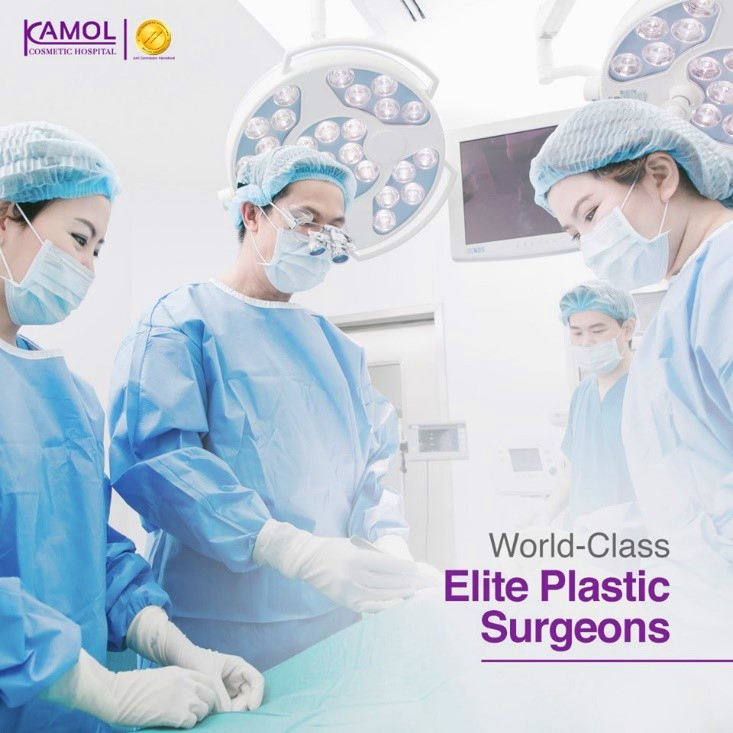Détatouage
Un tatouage est une pigmentation visible et permanente de la peau secondaire au dépôt de pigment exogène au sein du derme.
Dans le passé, les méthodes de détatouage se limitaient aux procédures d'excision et de destruction (par exemple, l'excision chirurgicale, la dermabrasion, les lasers ablatifs traditionnels). La découverte de la théorie de la photothermolyse sélective a contribué aux progrès de la thérapie au laser pour le tatouage.
Les lasers à commutation de qualité (commutation Q, QS) sont le traitement de première intention préféré pour la plupart des tatouages. C'est la norme de soins pour le détatouage depuis plus de deux décennies. La gamme de longueurs d'onde laser disponibles dans les appareils QS et les courtes durées d'impulsion de ces lasers permettent un traitement efficace des tatouages avec un faible risque de cicatrices. Les lasers à commutation Q génèrent de courtes rafales de nanosecondes de lumière laser qui décomposent le pigment de tatouage dans le derme. Les fragments de pigment de tatouage brisés restent dans le derme ou sont éliminés par le système lymphatique.
Les lasers à commutation de qualité sont disponibles dans une variété de longueurs d'onde et sont sélectionnés en fonction de la ou des couleurs de tatouage. Il s'agit de détatouage au laser à commutation Q ;
- Laser Nd : YAG doublé en fréquence de 532 nm
- Laser rubis 694 nm
- Laser alexandrite 755 nm
- Laser Nd : YAG 1 064 nm
(Nd : dopé au néodyme ; YAG : grenat d'yttrium et d'aluminium)
Plus d'un laser est généralement nécessaire pour un traitement optimal des tatouages avec plusieurs couleurs. En général, les pigments jaunes et oranges sont les plus difficiles à éliminer, tandis que les pigments bleus et noirs ont tendance à être les plus faciles à éliminer. Le tatouage avec ses pigments placés plus profondément et plus largement dans le derme est souvent plus difficile à traiter. Plus de séances de traitement et des réglages de fluence plus élevés peuvent être nécessaires pour le retrait.
Helios II : Qu'est-ce que c'est et comment ça marche ?
Helios II est un dispositif d'émission laser du coréen LASEROPTIK, qui émet du Nd: YAG fractionné à commutation Q de longueurs d'onde de 1064 nm et 532 nm. Le chromophore ciblé d'Helios II est la mélanine et peut être utilisé avec des lésions cutanées pigmentées. Le mode laser Nd:YAG à fréquence doublée de 532 nm convient aux tatouages rouges, jaunes et oranges et peut éliminer davantage de lésions épidermiques, telles que les taches de rousseur et les taches solaires. Le laser Nd:YAG 1064 nm convient aux tatouages noirs et bleus et peut traiter des lésions plus profondes, telles que le mélasma sur la couche dermique de la peau.
HELIOS II est livré avec une pièce à main fractionnaire et un élément optique de diffraction (DOE) qui prétend minimiser la douleur et les effets secondaires, tels que l'hyperpigmentation post-inflammatoire, les cicatrices, etc. La pièce à main fractionnaire divise un faisceau laser en 81 petits faisceaux, laissant la peau environnante intacte, réduisant la chaleur appliquée sur la peau et minimisant les temps d'arrêt. L'élément optique de diffraction (DOE) permet à HELIOS II de délivrer un faisceau laser régulier et uniforme.
HELIOS II a également un effet ‘Soft Peeling’. Il applique une légère couche de carbone sur la peau, puis élimine essentiellement le carbone grâce à une rafale de lumière du laser. Les cellules mortes de la peau, les résidus de maquillage, les pores obstrués, le sébum et les points noirs sont éliminés en même temps. Les avantages du "Soft Peeling" incluent la réduction de la taille des pores, l'uniformité du teint, la réduction de la production de sébum, la réduction des ridules et des rides dues à la stimulation du collagène et une peau saine et éclatante sans aucun temps d'arrêt.
Indications d'HELIOS II
- Mélasma
- Taches de rousseur
- Tatouages
- Naevus d'Ota
- Naevus de Becker
- Lentigo
- Teint inégal
- Des taches café au lait
- Les taches de vieillesse
- Rajeunissement de la peau
Séances de traitement
Souvent, huit séances de traitement ou plus sont nécessaires pour obtenir une amélioration maximale, mais avec la technologie HELIOS II, trois ou cinq séances de traitement peuvent être nécessaires dans les lésions cutanées plus profondes. Les séances de traitement supplémentaires sont généralement espacées de quatre à six semaines. Les traitements ultérieurs peuvent nécessiter des réglages d'énergie laser plus élevés pour éliminer les pigments résiduels.
Soins post-traitement
Le soin post-traitement préféré du site laser consiste en l'application quotidienne d'une pommade douce telle que la vaseline pour maintenir l'humidité de la plaie. L'humidité favorise la cicatrisation de la plaie et l'application doit se poursuivre jusqu'à ce que le site soit complètement cicatrisé. La formation de croûtes est normale et persiste généralement pendant une à deux semaines. Des packs de glace peuvent être utile pour minimiser l'inconfort après le traitement. Un écran solaire et des vêtements de protection solaire doivent être utilisés pour minimiser le risque d'hyperpigmentation post-inflammatoire. Une protection solaire stricte doit être poursuivie pendant au moins plusieurs semaines après le traitement.
Sécurité d'HELIOS II
HELIOS II est approuvé par la FDA thaïlandaise, la FDA américaine, la Conformité européenne de l'Espace économique européen (marquage CE de l'EEE) et la FDA coréenne.




